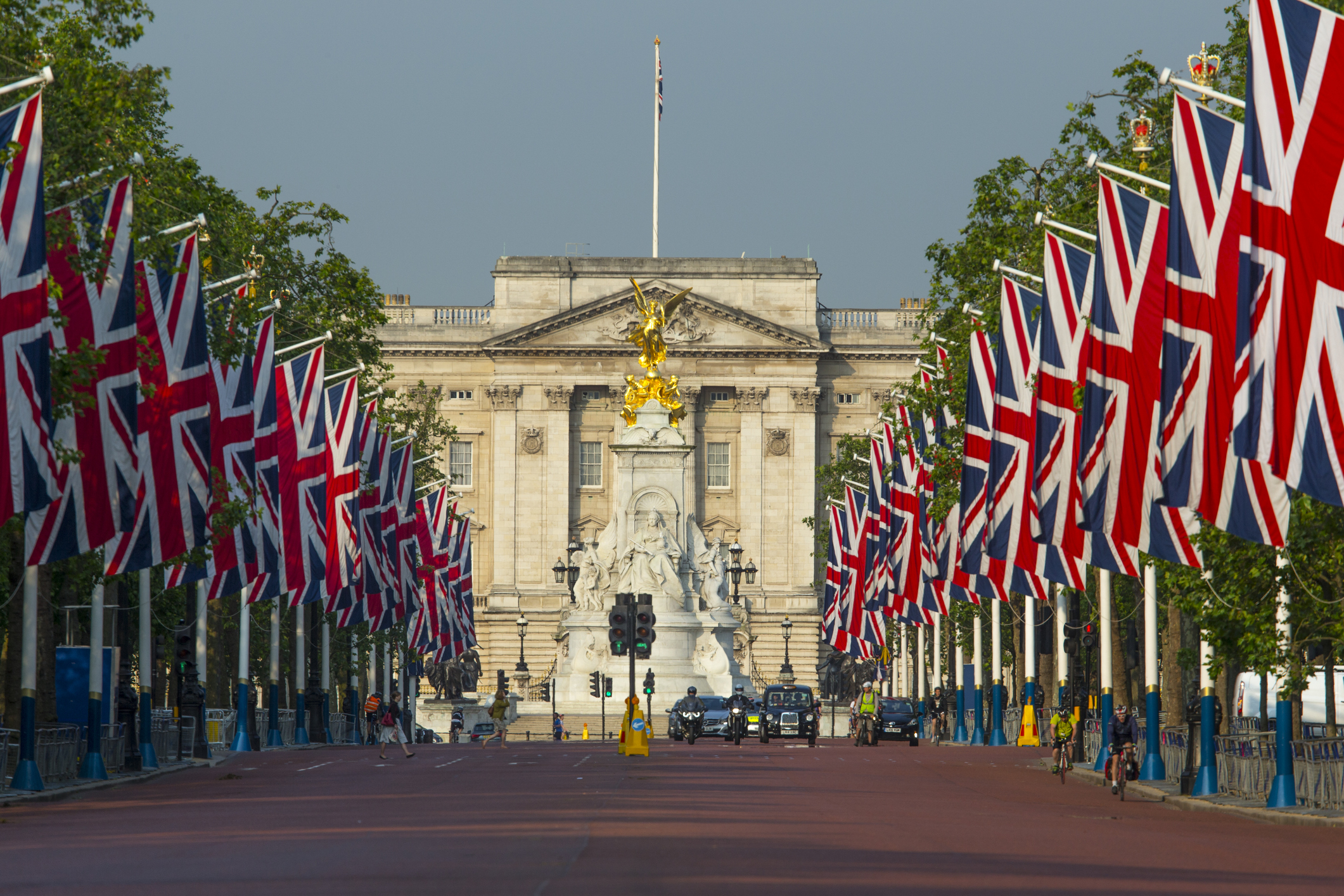Give the dog a throne: the ridiculous homes we make for our four-legged friends
Devoted dog owners, past and present, have created a veritable 'Barkitectural Digest'. Flora Watkins pays tribute to some of the most palatial pet houses in the land


As one of the smartest architects in Georgian England, James Wyatt was the natural choice for the 3rd Duke of Richmond when he wanted to build a new dwelling on his Goodwood estate in West Sussex. Wyatt, who had already remodelled and enlarged the main house, set to work on the new project in 1787. The fine, flint Palladian building with two long, low wings that sat so gracefully in its Classical landscape was notable not only for its elegance, but for an early form of central heating. Rooms were lined on one side with metal plates, heated from behind by large fires.
That the occupants of The Kennels were the Duke’s prized foxhounds — it would be another 100 years before Goodwood House itself had central heating installed — is one of those classic English country-house scenarios, where dogs and horses matter far more than the humans. (Historic England notes, rather sniffily, that Goodwood’s stables, designed by Sir William Chambers, are ‘more distinguished architecturally than the outside of the [main] house’.) As distinguished visitors shivered in their bedrooms, the Duke of Richmond’s hounds luxuriated in what must have been the finest quarters in the country.
Queen Victoria paid similar attention to her dogs’ creature comforts when the royal kennels were built at Windsor in 1840. An article from an 1894 issue of the children’s magazine St Nicholas explained that ‘the yards are paved with red and blue tiles and the compartments in which the little dogs sleep are warmed with hot water’. Outside, the Queen’s pugs, collies, dachshunds, Skye terriers, her toy Pomeranian ‘Gina’ and prize-winning Spitz ‘Marco’ (a total of 55) were allowed to ‘scamper to and fro over green lawns’. There were ‘umbrella-like affairs on these lawns’ where they could lie in the shade and pools of water where they could take a bath.
Adding a magnificent dog house to a country residence hasn’t only been the preserve of royalty and the aristocracy. On acquiring the lease of West Horsley Place in Surrey (now the home of Grange Park Opera) in the 1820s, the banker Henry Currie had two fine kennels constructed for deerhounds Dersey and Dermid. Made from a similar pinky-red brick to the pretty 1640 façade of the Grade I-listed house, most visitors assume that they were built at the same time. The kennels are, however, listed Grade II.

The medieval manor house Ightham Mote in Kent boasts the only Grade I-listed dog kennel in the country. One of many custodians in the house’s long history (it is now owned by the National Trust), Sir Thomas Colyer-Fergusson had a reputation for meanness. Yet, in 1890, he managed to find the funds to build a large half-timbered kennel, complete with gabled tile roof and decorative barge boards, for his St Bernard, Dido.
Such magnificent dogs need appropriate accommodation and, at Sting and Trudie Styler’s home in Wiltshire, some of the Irish wolfhounds that Ms Styler breeds under the ‘Dukesarum’ prefix are kept in a large, thatched farmhouse on the estate. Others reside in the covetable kennels, which are actually Swiss chalets fitted out with heating and memory-foam beds.

At Blickling Lodge in north Norfolk, Mike and Henrietta Lindsell consulted a historic-buildings specialist when creating kennels that would not only be practical, but take the form of an elegant folly to ‘enliven’ a rather ‘featureless’ part of the garden. ‘I wanted a pentagon,’ explains Mr Lindsell. ‘We thought about how many rooms we needed and five was the considered amount.’ (Two for their spaniels, Plug and Percy, and three ‘spare rooms’ for their canine friends.)
Sign up for the Country Life Newsletter
Exquisite houses, the beauty of Nature, and how to get the most from your life, straight to your inbox.
At this point, the Lindsells brought in architectural adviser Nigel Slater — ‘because this is a National Trust house, one has to get permission to do everything and he has a good eye and knows the form’. Mr Slater, who has since retired, designed a five-sided brick building with a slate roof and a little ball on top and oversaw the planning application.
The result is perhaps the prettiest pet house in the country: a folly comprising five little rooms with white groove-and-board doorways that slide neatly up and down. Mr Lindsell points out the heat pads on the floor and raised wooden platforms for beds, ensuring that guests are toasty warm during the coldest of Norfolk winters. In the outside space, Plug and Percy are communing with each other and there’s plenty of shade on the sunny day when I visit.
The house dachshunds, Claude and Morris, might join them if their owners go out for the day. ‘Visitors’ dogs go there and, of course, shooting dogs think it’s fine, as do their owners,’ continues Mr Lindsell. ‘Others are running out of the house in their dressing gowns the whole time, very concerned that their dogs are going to be lonely, which they aren’t at all.’

Today at Goodwood, The Kennels have been converted to a sumptuous members’ clubhouse (which dogs can join, receiving a personalised enamel bowl) and Hound Lodge — a later hunt kennels built by the 6th Duke — is a luxury 10-bedroom retreat. Interior designer Cindy Leveson has fashioned one of the original whelping kennels into a ‘dog bedroom’, complete with kilim-covered mattress and pet portraits. ‘Dogs have remained a steadfast part of Goodwood, spanning back over three centuries,’ observes the current Duke of Richmond. ‘We can continue the legacy of celebrating dogs in the style our visitors have grown accustomed to. Dogs often accompany our guests on stays.’
These days, most guests ‘want to have their dogs in with them, rather than sleep somewhere else,’ discloses Goodwood’s customer experience director, Patricia Dickie. She confesses that the Hound Lodge kennel ‘has been used more for Instagram moments than as a bedroom for a dog’.
Nevertheless, the acme of contemporary dog kennels is indisputably the Barkitecture competition, curated by Mrs Dickie and Kevin McCloud of Grand Designs as part of the annual Goodwoof festival. Mrs Dickie reels off some of the ‘exceptional’ designers who have taken part: Norman Foster, Baron Foster of Thames Bank, Rogers Stirk Harbour [the late Richard Rogers’s firm], Linley and Jony Ive, who created the iPhone. ‘An extraordinary amount of thinking goes into these,’ she says, citing Bonehenge, the inaugural 2022 winner, which was ‘inspired by a dog turning round in circles before it settles down’.
In this corner of England, at least, it is less a case of ‘Every dog shall have its day’ and more ‘Every dog shall have its dado rail’.
Flora Watkins is a freelance journalist, who has worked for BBC News and Horse & Hound

